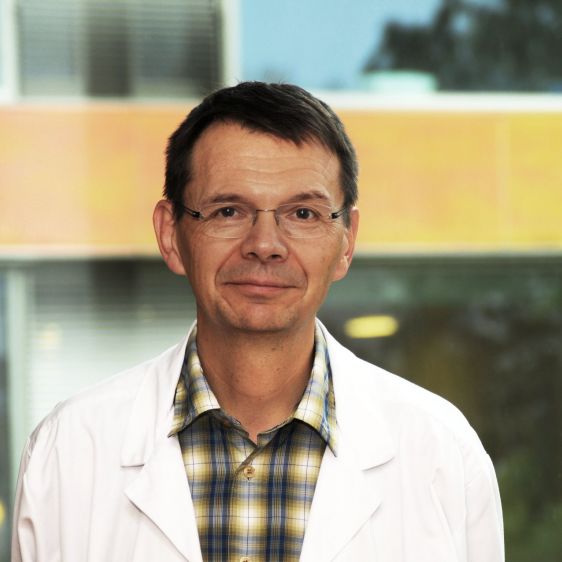This content is only available in German.
Dieser Inhalt ist nur auf Deutsch verfügbar.
0900 712 712
(3.23 CHF / min. from the Swiss landline, possibly additionally 8 Rp. / min. in the waiting loop by network operator)
0900 712 713
(3.12 CHF / min. for calls from prepaid cell phones, possibly additionally 8 Rp. / min. in the waiting loop by network operator)
Notfallnummern
Hotline for child and youth emergencies
The Medgate Kids Line provides fast and simple medical advice when your child is unwell. The medical team from our partner Medgate is available by phone around the clock.
0900 712 712
(3.23 CHF / min. from the Swiss landline, possibly additionally 8 Rp. / min. by network operator)
0900 712 713
(3.13 CHF / min. for calls from prepaid cell phones, possibly additionally 8 Rp. / min. by network operator)
Please note: the Medgate Kids Line is currently offered in German.
Important Numbers
- 144 Ambulance
- 145 Tox Center (Poisoning)
- 117 Police
- 118 Fire Department
Kontakt Box
Pediatric Anesthesia
Mechanical ventilation is widely used in pediatric patients during general anesthesia and postoperative treatment, as well as therapy for respiratory failure of various etiology. The overall goals of mechanical ventilation are to optimize gas exchange and to reduce the patient's work of breathing, while minimizing ventilator-induced lung injury. Respiratory complications remain the leading cause of morbidity in children under anesthesia while the incidence of adverse events and complications is higher, the longer the mechanical ventilation.
Our research in the indicated period is focused on more precise monitoring of respiratory mechanical parameters and more efficient control of mechanical ventilation. More accurate measurement of airway pressure is a long-standing requirement in the field of mechanical ventilation due to possible iatrogenic lung damage associated with inadequate pressure application. Therefore, control of applied pressures in the airways and lungs is of utmost importance to guide ventilation modalities. This is of particular relevance during the potential use of less sophisticated ventilators, such as “pandemic or low-cost open-source ventilators” developed during the coronavirus pandemic.
Our COVent project initiated in 2020 is conducted in collaboration with the ETH product development group, and the financial support of the Botnar Research Center for Child Health, Basel. An add-on system has been developed that enables placement of a pressure sensor on the tip of the endotracheal tube. Using this system, extensive in vitro testing of respiratory mechanics has been conducted with high-end and low-cost ventilators After accomplishing a bench study, we continue tests on experimental animals with the aim of in vivo confirmation of previously obtained results. At the same time, we are testing the safety of the developed intratracheal add-on systems and low-cost ventilators as well as the possibility of effective and more precise tracheal-pressure-controlled mechanical ventilation. Tracheal pressure monitoring needs to be explored in order to evaluate its potential for a possibly decisive component for harmless mechanical ventilation strategies and, especially, improved adjustment in low-cost, open-source mechanical ventilators.
Group members
Prof. Thomas Erb, MD
Chief Physician Anesthesiology
Research Group LeaderOutpatient Clinic, Anesthesiology
Prof. Dr. med. Thomas Erb - HR - Our staff - UKBB an independent, university-wide competence center for pediatric and adolescent medicine. Contact us!
- Nikola Stankovic, MD, PhD
Emergencies
0900 712 712
(3.23 CHF/min. CH-landline, possibly additionally 8 Rp. / min. by network operator)
0900 712 713
(3.12 CHF/min. prepaid cell phones, possibly additionally 8 Rp. / min. by network operator)
Contact
University Children’s Hospital Basel
Spitalstrasse 33
4056 Basel / Switzerland
T +41 61 704 12 12
Contact
About us
Legal Requirements
Emergency
Contact
University Children’s Hospital Basel
Spitalstrasse 33
4056 Basel / Switzerland
T +41 61 704 12 12
Contact
© UKBB, 2024




